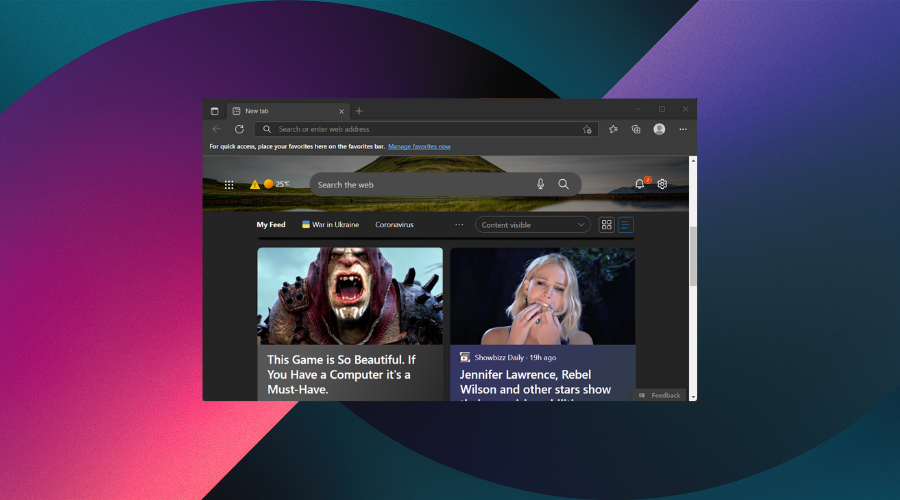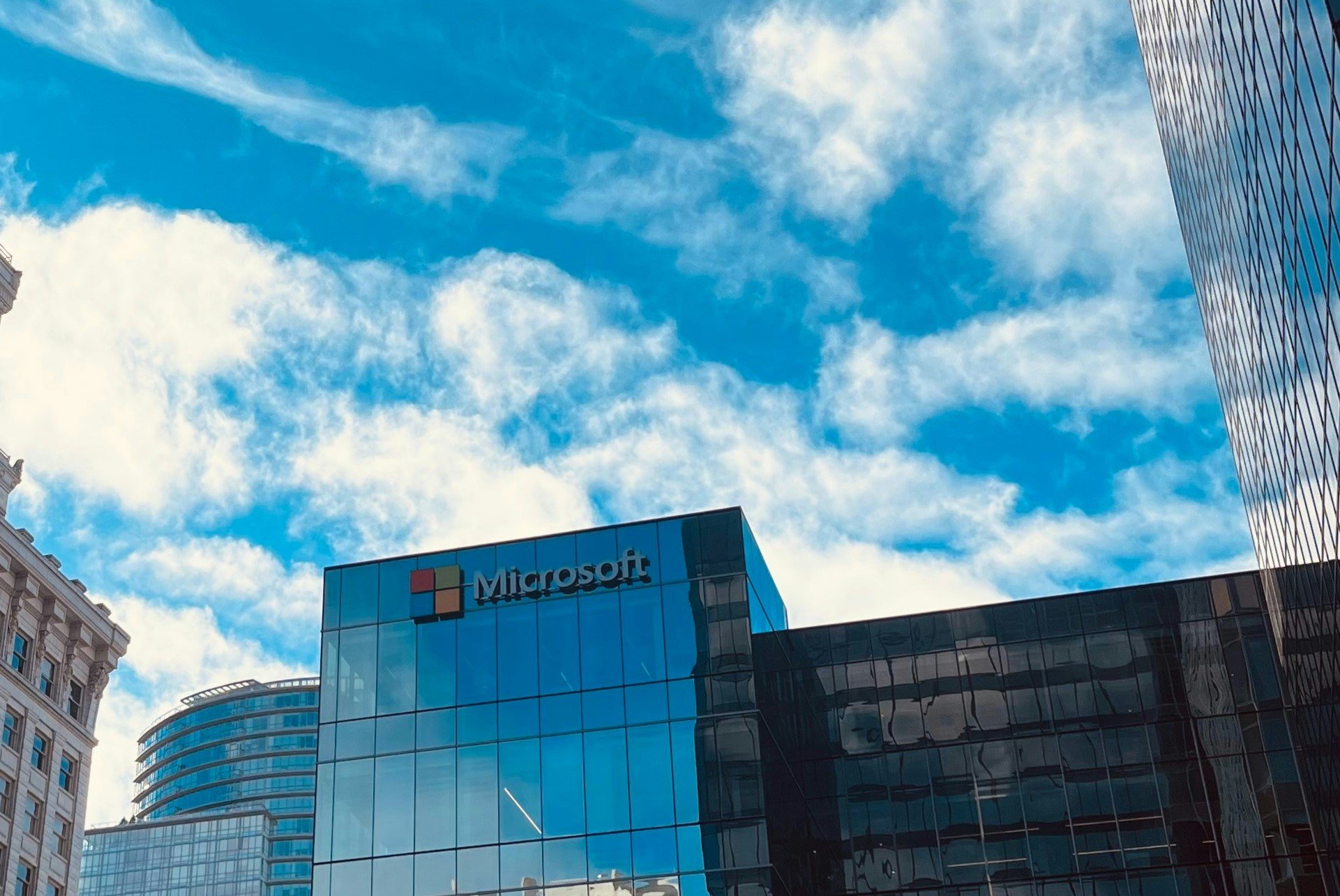Edge improves your PC's performance thanks to Cache compression
3 min. read
Published on
Read our disclosure page to find out how can you help Windows Report sustain the editorial team Read more
Key notes
- It must feel good to be an Edge user nowadays with all these improvements.
- Microsoft is now talking about cache compression to enhance performance.
- We're not just talking browser performance, but system-wide enhancements.

Hello there, Edge fans, we have some pretty exciting news for you today that involves your favorite browser, so make sure you stay tuned.
We’ve recently talked about the new Edge Dev Insider build (105.0.1329.1), and now it’s time to get into some performance improvements.
If you are curious on what those are, check out the latest blog post issued by the Redmond tech giant, regarding its browser.
Microsoft improves Edge performance with Cache compression
What?! Yes, you’ve heard right, disk cache compression helps the Edge browser reduce storage footprint and improve general performance.
Thus, beginning with Microsoft Edge 102 on Windows, Microsoft Edge now automatically compresses disk caches for improved performance and a reduced disk footprint.
Microsoft’s goal for Microsoft Edge is to deliver the best performing software possible both on Windows and other platforms as well.
Many of you might now know this but, when a browser uses too many resources, it not only impacts the browsing experience but can also slow down the entire system.
That being said, when it comes to performance optimizations, it’s all about balance in optimizing the entire system.
We say that because optimizing for one resource can often come at a cost increasing the use of another resource, thus balance is key.
Just like other modern browsers, Edge caches various content on a disk so that the next time you need something, it actually pulls the required bits from a local copy without the need to fetch that data from the network.
Needless to say, as a result, Edge will therefore work a lot faster and more efficiently, which is something we have all wanted since the creation of software.
That being said, just as Microsoft put it, it cannot stretch the cache size without limits to prevent computers from running out of free space.
Just as we’ve said, starting with ith version 102, Edge automatically compresses disk caches on devices that meet eligibility checks.
The tech giant also provides details about those checks, but it clarifies that the compression happens only when it does not degrade performance and overall user experience.
One way we can maximize cache usage while minimizing disk usage is by leveraging compression to save disk space for the cached content. Since the contents in these cache(s) are often highly compressible, compression results in increasing the likelihood that the requested resource can be fetched from the disk.
This is surely something all Edge users were craving for, even though the browser is not one of the most power/resource-hungry ones out there.
Even so, a performance boost is always welcome and all we can do is hope for more and more because let’s face it, we’ll never be fully satisfied.
And, speaking of Microsoft and performance enhancements, the company also tweaked the boot sequence for Xbox consoles, reducing boot time by up to 5 seconds.
Now, gamers will get to jump into their favorite titles a lot sooner, spending less time staring at the Xbox logo on the screen.
As far as Edge is concerned, remember that Microsoft is still investigating an issue with Collection sync, and we’re all still waiting for a fix.
What other interesting and useful features do you think Edge would benefit from? Share your thoughts with us in the comments section below.









